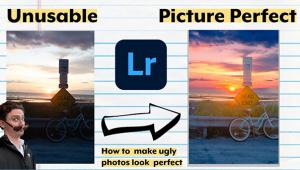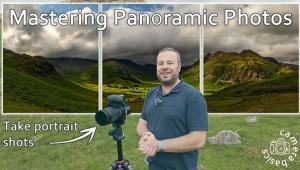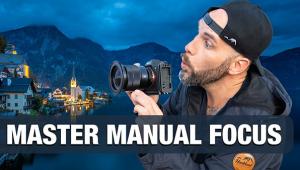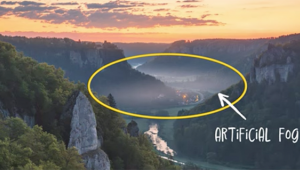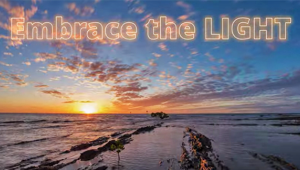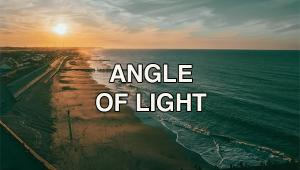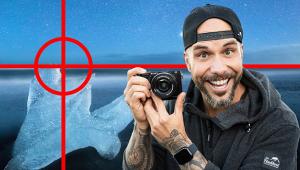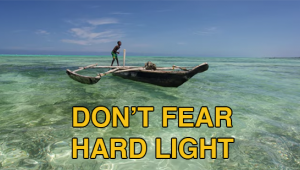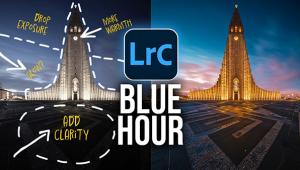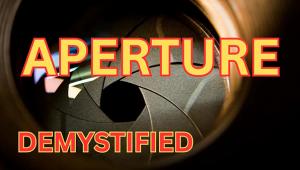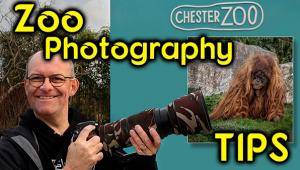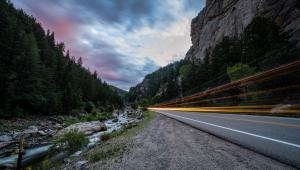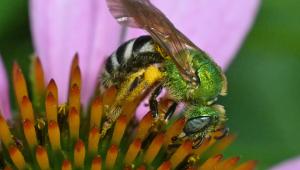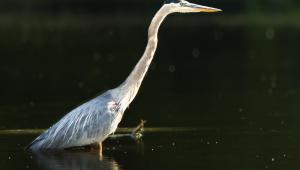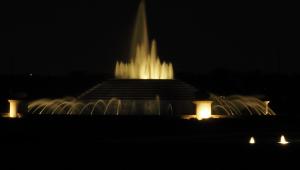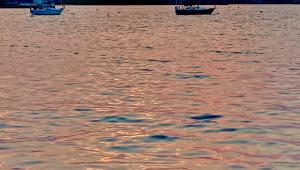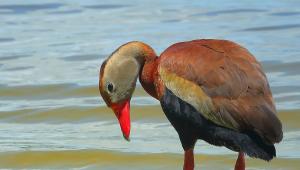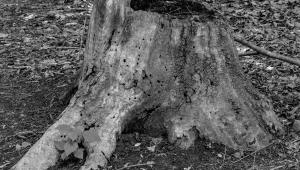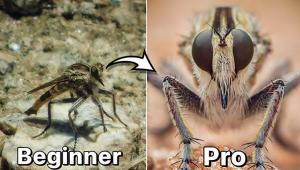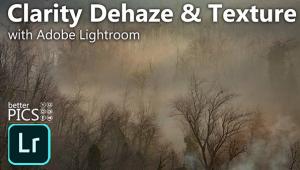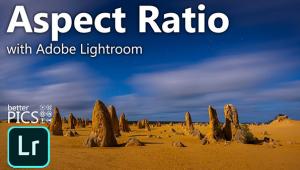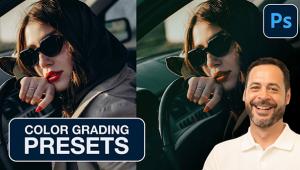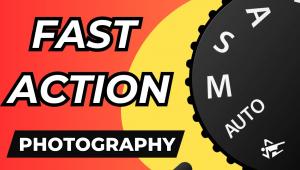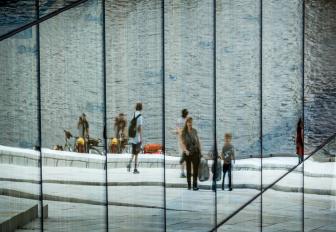Night Photos for Beginners: Camera Settings, Gear & More (VIDEO)
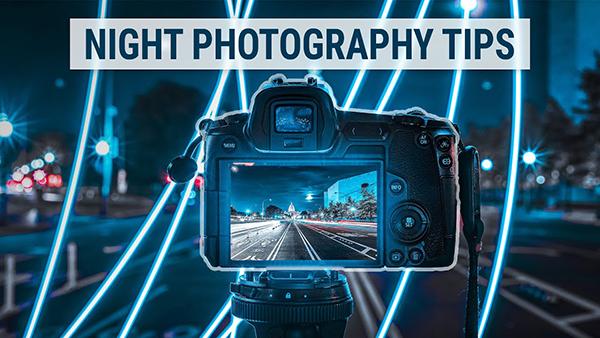
Magical things tend to happen once the sun drops below the horizon whether you're shooting in the field or on the street. If low-light photography isn't part of your repertoire, this basic guide will help you get started tonight.
Instructor Andy Feliciotti is an experienced travel photographer based in Washington DC, and in this behind-the-scenes episode in our nation's capitol you'll learn how to get the night right, with time-proven camera settings, gear recommendations, and simple techniques for capturing impressive images in the camera. It all happens in the next four minutes.
Feliciotti breaks down his tips into two general categories; namely, those for shooting handheld, and another when the camera is mounted atop a tripod. The specific subject at hand is also a big part of the equation, and while Feliciotti's recommendations are presented in the context of urban photography, they prove helpful in other situations too.

Long-exposures of subjects in motion, like cars passing by, are just one example of subjects that are especially conducive to capturing eye-catching night photos. Other possibilities include brightly lit architecture, and sparkling street scenes with illuminated windows, reflections, and colorful neon signs.
Just about any mirrorless camera or DSLR will work fine as long as it provides manual control. A tripod is also important for certain effects, but Feliciotti begins the lesson when handheld photography is the name of the game. The first thing he suggests is changing your Exposure mode to Aperture Priority.
Feliciotti explains that this allows you to set an appropriate f/stop while the camera chooses whatever corresponding speed results in a correct exposure. Here's a good starting point for shooting handheld: Aperture Priority, f/2.8—f/4, Auto ISO, with Stabilization turned on. Then there's a few shooting techniques that bring all this to fruition.

The video continues with a similar discussion for using a tripod at night, and you'll see how the various criteria change. Here Feliciotti suggests a combination of Aperture Priority at f/8, ISO 100-400, and a two-second shutter delay. You'll also learn why it's important to disable Stabilization whenever a tripod is in use.
Bottom line: By following Feliciotti's straightforward advice, it's easy to "own the night." Be sure to visit his instructional YouTube channel once the video concludes and check out the other instructional videos on a wide range of topics.
We also recommend watching our earlier tutorial featuring another accomplished pro who demonstrates how to fix boring landscape, nature, and wildlife photographs in Lightroom by introducing a captivating Golden-Hour effect.


